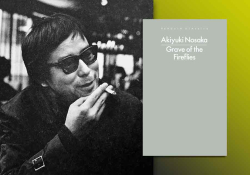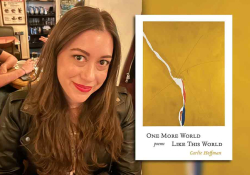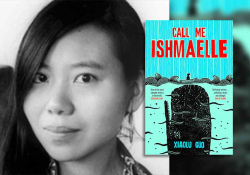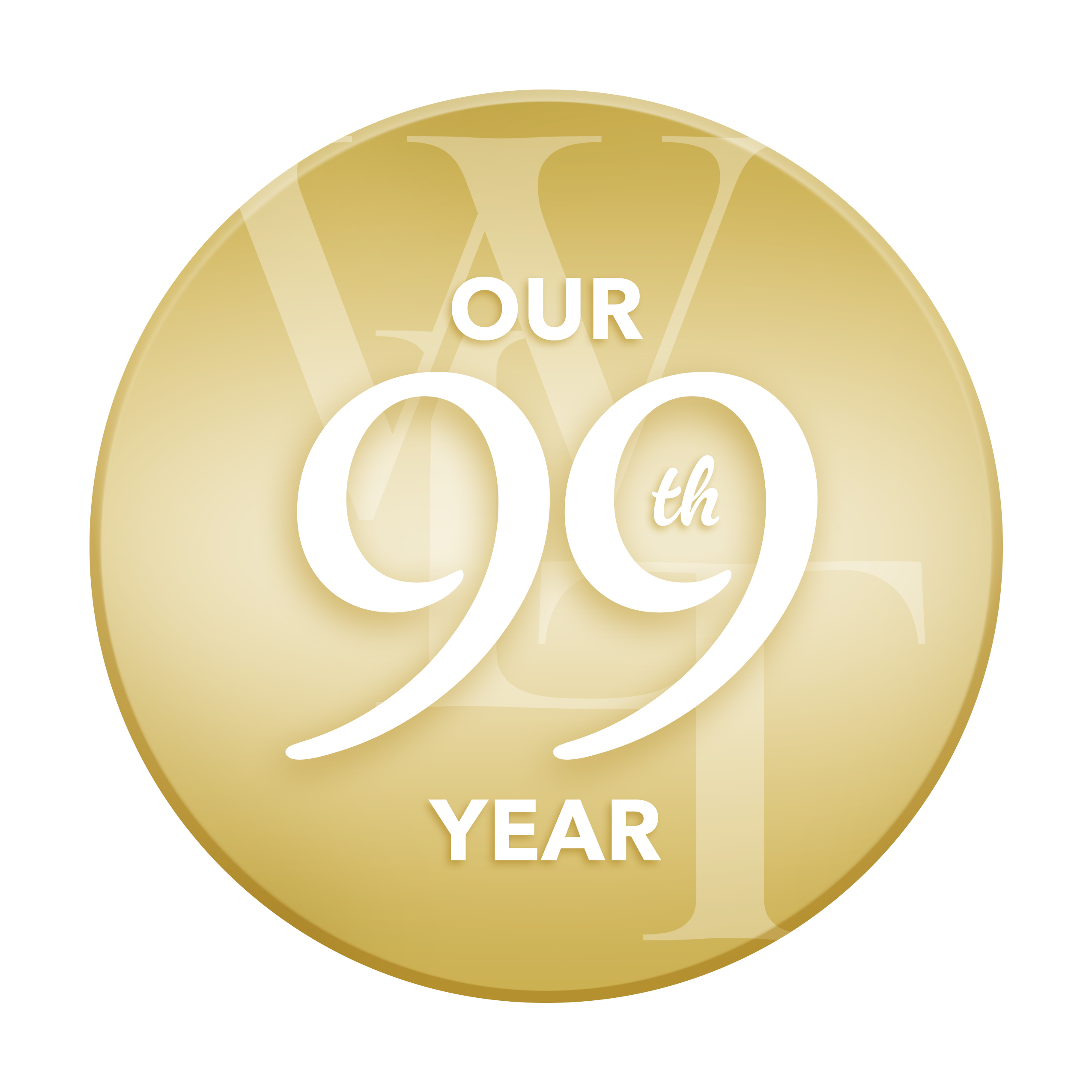Livable Futures: Noam Chomsky’s Voltairean Dedication to Truth
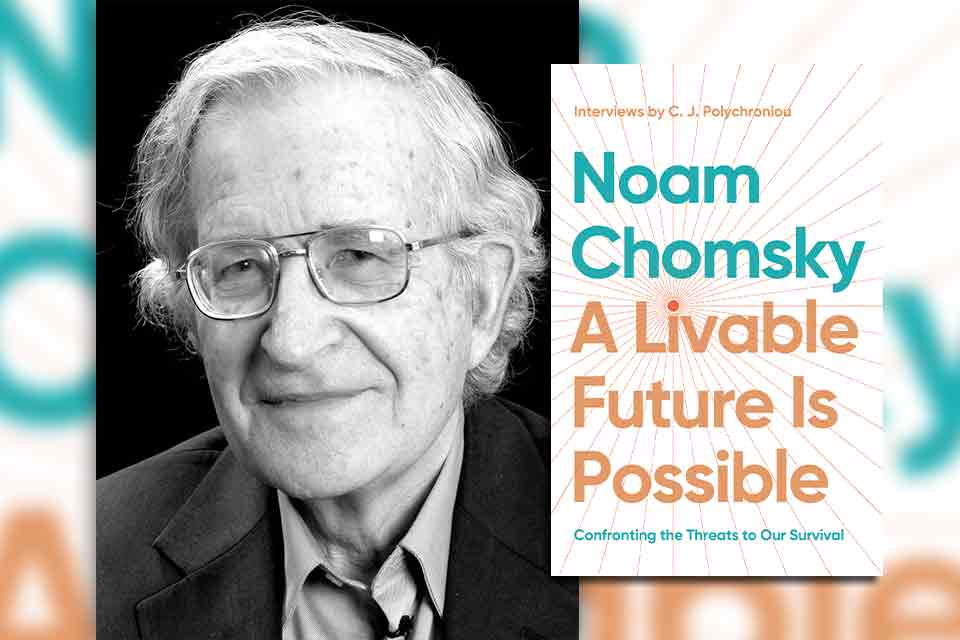
While A Livable Future Is Possible (Haymarket Books, 2024 / Penguin Books, 2025) may be one of the most timidly worded titles in recent memory, Noam Chomsky’s message—refined but unchanged over his near-century-long career in linguistics and political analysis—remains anything but ambiguous. Truthout contributor C. J. Polychroniou interviews Professor Chomsky and leading climate economist Robert Pollin on the looming threats of terminal world war and global warming as well as the potential for nuclear nonproliferation and a global Green New Deal. If you’ve read any of Chomsky’s hundreds of books and essays on US foreign policy and the myriad threats facing our planet—subjects more often than not intimately interlinked—you can well predict what he has to say here. Don’t let the deceptively straightforward themes and oft-repeated refrains of resistance fool you, though. Well into his nineties, Chomsky remains a powerhouse of raw data and, dare I say it in 2025, truth.
As remarked in the introduction to Understanding Power—Mitchell and Schoefell’s 2001 compilation of Chomsky lectures and Q&As—it isn’t any one idea that sets Chomsky apart from his contemporaries but rather his capacity to retain a huge wealth of concrete information alongside his Voltairean dedication to truth.
Over two decades since that bold but accurate statement was printed, it remains exceedingly difficult to find American intellectuals with as single-minded a devotion to humanity and historical record over rhetoric. Chomsky himself would shoot down such praise, pointing out in Howard Zinn-ish paraphrase that it’s not the accomplishment of leaders and figures but the work of everyday people educating, organizing, and moving for positive social change that ultimately drives history.
Chomsky would point out that it’s not the accomplishment of leaders and figures but the work of everyday people educating, organizing, and moving for positive social change that ultimately drives history.
However, Chomsky’s latest (and, God forbid, hopefully not last) romp remains a crucial resource for all those seeking to build a survivable world. If you need fresh information on the climate crisis and prospects of terminal nuclear war, these are the pages to memorize. Of course, the crucial next step—an organized public in opposition to the drumbeat of climate change and nuclear threat denialism—remains only obtainable outside the library. But Chomsky’s works are often precisely and paradoxically for this purpose: as prompt to leave the library for further discussion, action, and public engagement.
One unfortunate pitfall of this work, as with many of his interview/essay collections, is its lopsided structure. Certain topics like the invasion of Ukraine, while certainly the crux of anxieties surrounding the present-day potential for World War III as well as a significant drain on resources that could combat climate change, receive somewhat disproportionate attention to the broader picture of global warming—the subject implied in the title to be center stage. Pollin’s practical and compelling information on the well-researched, lucrative, and life-saving Green Transition receives plenty of attention in the leading chapters but fades into the background by the midway point.
By a similar token—and perhaps more egregious—the order of interviews with Polychroniou are almost all in reverse order chronologically. Even if intentional for categorization or pertinence or pacing, the backward sequence of interviews baffles me. Readers go back in time, receiving colder and colder news on the war in Ukraine, NATO, and the climate. Is this meant to lead with the most pressing interviews first? If that’s the case, A Livable Future Is Possible is as front-heavy as the Titanic—a most apropos and meta climate metaphor.
Notwithstanding the book’s structural integrity, I would recommend to just about anyone I know to read it front to back (or better yet, back to front). Even if it rehashes information every Chomsky-honk knows, it remains a singular effort by all involved to bring our attention back to what matters in the end: the present-future prospect of life on Earth. The doomsday clock remains dangerously close to midnight. In fact, it’s advanced another second since the publication of this book, from ninety to eighty-nine seconds to midnight.
The culprit? As usual, an America-first international “rules-based” order disregarding the most fundamental threats to our existence, climate catastrophe and ever-looming nuclear war. The global powers must get along; the public must influence government to take action before the tipping point is passed in a handful of years. The practical next steps for everyday people and our states to take have been outlined here and elsewhere—namely, at the UN’s annual climate conferences and in the Intergovernmental Panels on Climate Change: a global Green Transition, nuclear nonproliferation, and negotiations for cease-fire in Ukraine. There is truly no alternative.
Georgia State University



